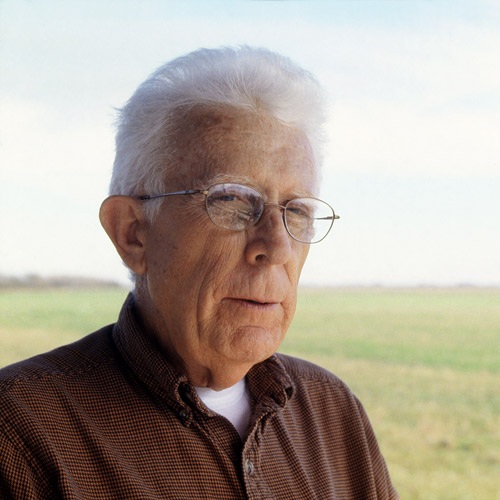In the Studio: Samira Abbassy
“My attempt in depicting the human form is almost like a psychic x-ray, so the n...
Mary Morgan
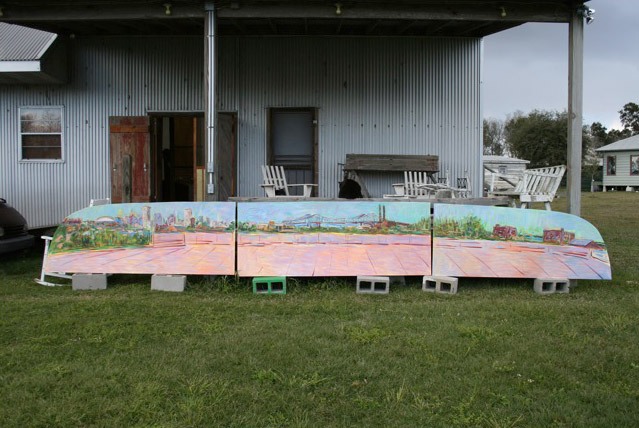
In 1999, after using a Cajun dance hall, barns, a garage and even an abandoned chicken coop, Elemore built a studio with no air-conditioning or heating. Elemore was a plein air landscape artist and photographer who used his studio mainly for storing paintings and preparing his panels of masonite for painting and hanging.

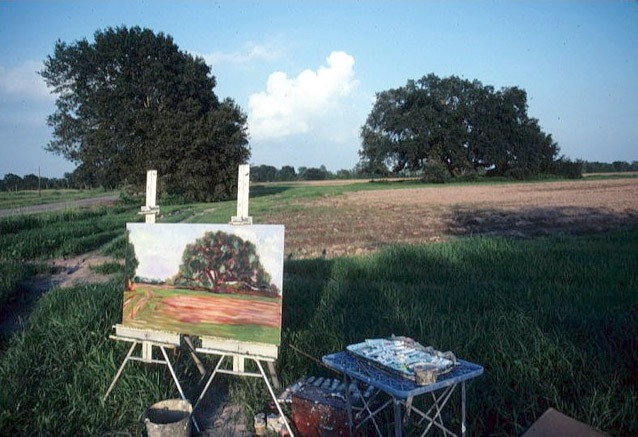
In 2001 Hurricane Lili peeled back the roof of our house where Elemore kept his works on paper and slides. Thousands of slides were dumped out of their sorting boxes in a van when they were moved for the hurricane. We rented storage units for the works on paper, slides, and framed paintings that needed climate control. That year, we hired Kim Jones part time to organize, label, archive, and put into binders Elemore’s extensive slide collection.
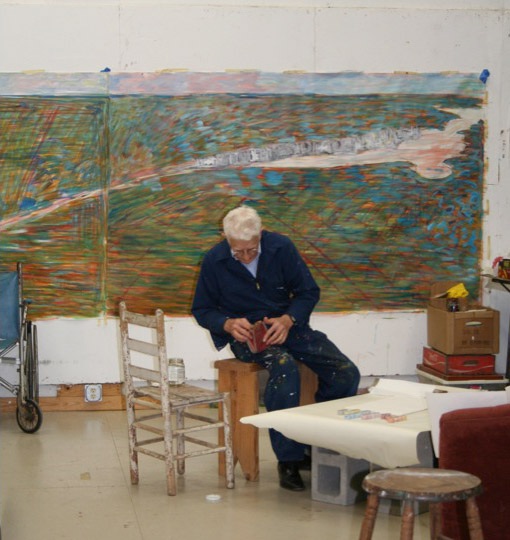
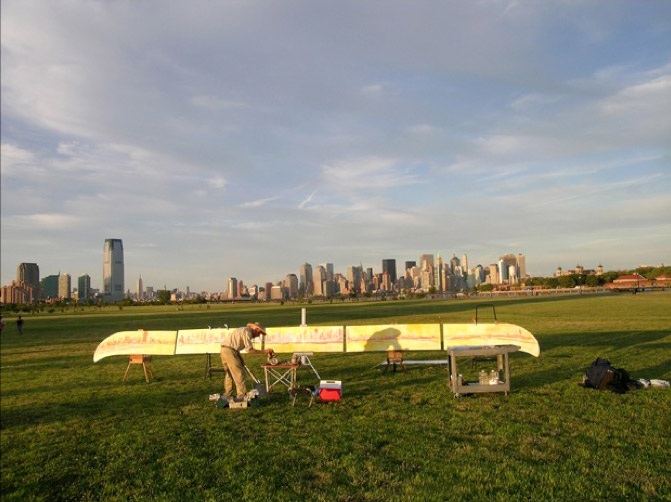
In 2007 Elemore received the CALL Program grant. Kim became the project manager in charge of planning, budgeting, and accounting for the grant. She and several assistants started scanning slides, recording historical information, and importing digital images of Elemore’s work into Masterpiece, a software database Kim was already using with the slides. In 2008 we converted to the CALL Database.
In 2009 we built an air-conditioned, dehumidified room in Elemore’s studio. All paintings, works on paper, sketch books, and slides are stored in this safe room. Works on paper and sketch books are stored in archival boxes and most slides are in labeled binders. We photographed or scanned paintings and works on paper and entered them in the database. Records of all paintings sold after 1985 and exhibition information were also entered in the database.
The CALL Program greatly aided in archiving Elemore’s work. The CALL Program staff also helped by connecting me to resources to begin dealing with silver fish, fungus and other damage brought on by Louisiana’s heat and humidity. If Elemore started the database 50 years ago and updated it consistently, it would have made inventory, sales, exhibitions, and publications much easier. Of course, there were no computers back then, thank goodness for paper files! Good files that are easy to access are essential to an artist’s professional career.
After Elemore’s death in 2008, the CALL Database’s assistance in settling the estate was invaluable. The reports generated from the Database helped to establish the net worth of the estate.
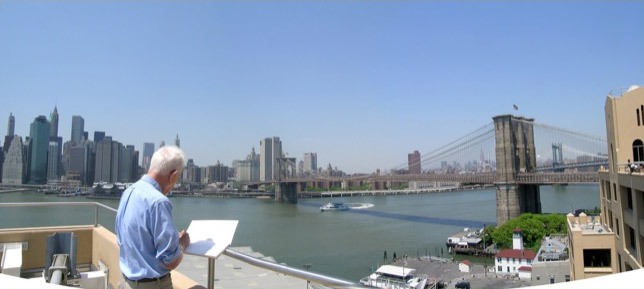
The CALL Database makes it easier to record and manage information about current exhibitions and sales. It is simple to print and email photos, reports for exhibition selections, and information about the work to galleries, patrons, and publishers.
Start keeping good records early and consistently. It’s much easier to enter works in a database as they are produced rather than to record fifty or sixty years of work all at once. The CALL Database can eliminate many hours searching for information or for the work itself and help you prepare professional reports.
I am so grateful to the Joan Mitchell Foundation for including Elemore in the CALL Program. The project helped make it possible for the legacy of Elemore’s work to continue through publications, sales, events, and shows like the CUE CALL Exhibition. Working with the Joan Mitchell Foundation CALL staff and getting to know the other artists involved in the program was helpful and inspiring for Elemore and for me.
Getting the CALL Program, its database, and the information about archiving to all artists, especially emerging artists, will enhance their lives and their career.
